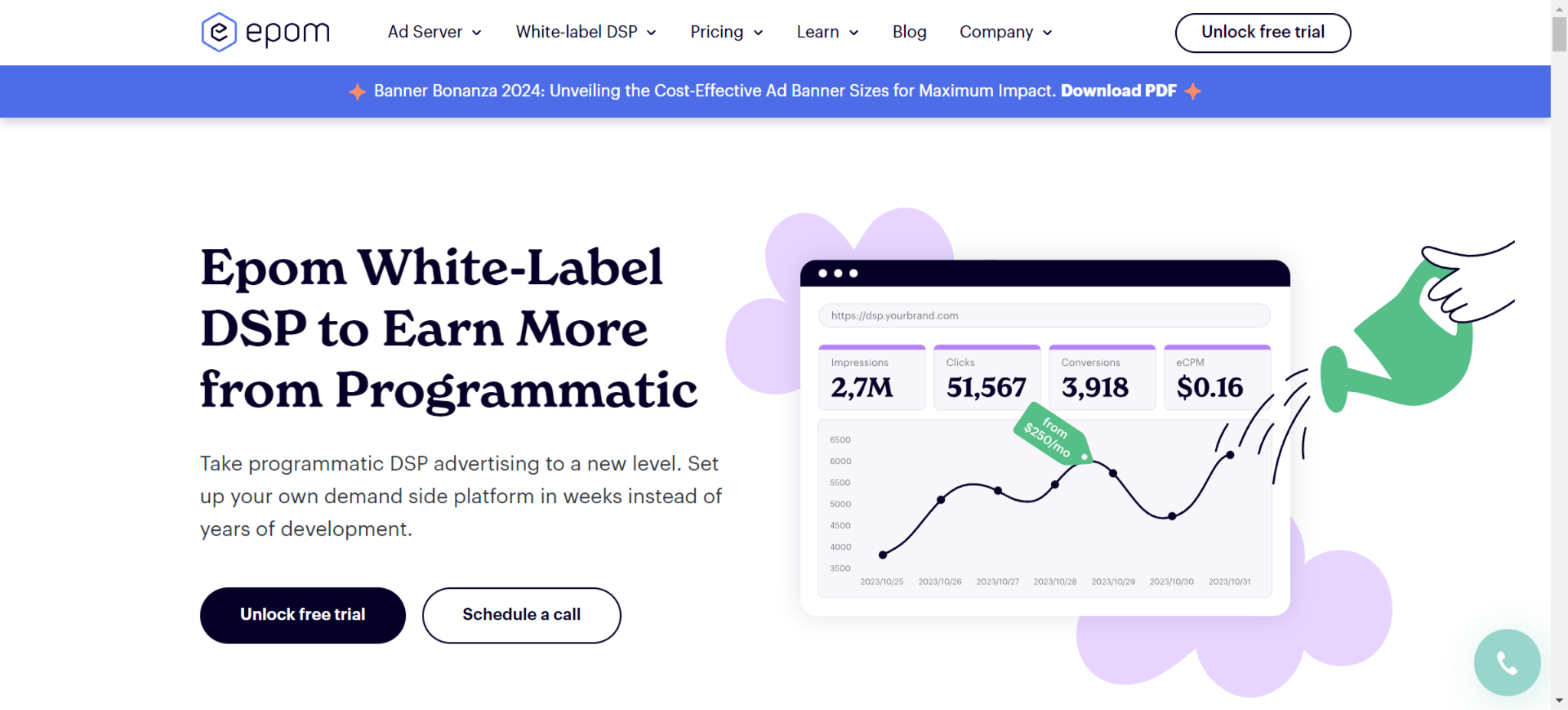We use cookies to improve the services we offer you. By continuing to browse this site, you consent to keep them in accordance with our Privacy Policy.
×We use cookies to improve the services we offer you. By continuing to browse this site, you consent to keep them in accordance with our Privacy Policy.
× 225
225
 7 min
7 min

Even those who had little interest in marketing have at least once come across the statement that video is the future trend. And now is probably a good time to let you know: the future has arrived. As expected, video content accounts for over 80% of the world’s Internet traffic and takes a leading position in the content marketing toolkit.
Those who want to jump on the video marketing rocket in time can still do so. However, with video marketing statistics showing that 85% of businesses use video as a marketing tool, the pressure in the information space is becoming increasingly tangible. And eventually, it will be difficult to squeeze in among other businesses for those who ignore actual ways of communicating with their audience. So read this article to the end, and don’t delay any longer — let’s make a video!
Where should those rushing to invest resources in video content marketing start? Let’s get into the common steps to follow:
First, it’s worth defining your goals. These goals can be:
A video aimed at reaching a wider audience helps increase recognition and popularity. Viral or entertaining video content can cope with such tasks. When creating such video content, it’s worth paying more attention to the value it gives users. Always consider how relevant your video content is (for example, whether humor is appropriate for ritual or banking services).
A video that aims to generate leads should also contain a call to action and promise a clear benefit. These videos are created based on the level of interest in the offer. Showing this type of video to the audience involves targeting, retargeting, and remarketing.
Before implementing a video marketing strategy, it’s a good idea to see what your competitors already do in terms of video marketing. This will give you an idea of what works and what doesn’t, and help you identify potential opportunities for your own strategy.
Do they mainly post promotional videos to grow a YouTube channel? Or do they use video testimonials to build trust with their audience? Are they leveraging livestreaming or webinars for thought leadership and engagement?

It’s rare luck if there are no videos on the topic you want to cover. But if that happens, don’t worry — it’s an opportunity for you to differentiate yourself and fill in the gap. Even if there are already videos covering your topic, you can still add value by providing a unique perspective or offering more in-depth information.
It’s not enough to just create a video. It’s much more important to post and use it correctly. This stage of video marketing involves understanding how and where you should post your video content to reach your target audience effectively. This will not only affect the video structure and its content but also the technical data.
The frame proportions, the presence or absence of titles and sound, and the video duration — the most popular social networks have different requirements for these parameters. Here, you should pick the format that will have the greatest impact and meet the social network’s requirements, as well as your overall goals and objectives.
For example, YouTube is known for its longer videos and search engine optimization capabilities, making it ideal for educational content or tutorials. Instagram, on the other hand, has a shorter video limit and focuses more on visual appeal, making it great for showcasing products or services.
The main promotion channel largely depends on the type of video being created. Whether this video will entertain, inform, or educate will tell the level of demand for a certain type of video content on the chosen site.
However, you can use a demand-side platform (DSP) to increase your chances of running successful video advertising campaigns. It allows advertisers to buy digital advertising inventory across multiple exchanges through a single interface. Here’s how a DSP can enhance your video marketing efforts:

Advertising campaigns are pivotal in amplifying your video marketing efforts. They help you reach a broader audience, drive targeted traffic, and achieve your marketing goals more efficiently. And demand-side platforms can change your video marketing game.
The final stage of any marketing campaign is to measure and analyze the performance and results. Videos commonly have the following metrics you need to track:
There are various video analytics services that give you a detailed breakdown of these metrics, with diagrams, graphs, and other visual representations. Use this data to determine the success of your campaign and make necessary adjustments for future ones to stay in line with the latest video marketing trends.
Mastering video marketing is a powerful strategy for elevating your brand and engaging with your audience more deeply. Start with clear goals and a well-defined strategy, invest in the necessary tools and skills, and continually analyze your performance to refine your approach.
Consistency and creativity are key to standing out in the digital landscape. Embrace the dynamic nature of video marketing, stay updated, and always be open to experimenting with new ideas.